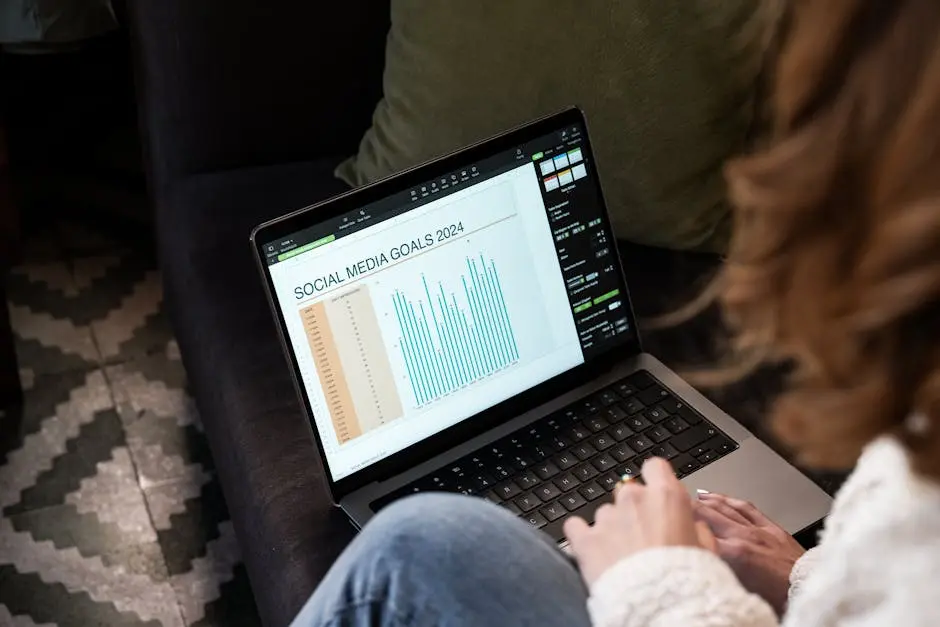In software design, various architectural patterns can be adopted to ensure efficient functionality and scalability. One such approach is the functional view, which offers a unique perspective on how a system should operate. Through this blog, we’ll explore different aspects of the functional view to help you understand its significance and application.
Grasping the Basics of Functional View
Before diving deep, it’s essential to understand the foundational principles of the functional view. This view focuses on the system’s operations rather than its structure, emphasizing ‘what’ the system does over ‘how’ it does it. By centering on operational behavior, this perspective helps developers focus on fulfilling essential requirements effectively. It’s much like envisioning a blueprint for the system’s actions without detailing the structural intricacies at the outset.
Incorporating a functional view allows for an exploration of high-level functionalities and interactions within a system. This perspective becomes a guiding framework that helps architects visualize the flow of processes and the interactions between different components. Understanding these dynamics can often aid in identifying inefficiencies and areas for improvement early in the design phase, making it an indispensable tool in software architecture.
Key Elements of the Functional View
The functional view is composed of several key elements, including processes, inputs, outputs, and interactions. These components work together to map out the functional behavior of a system comprehensively. Each element plays a unique role in ensuring the system performs as intended. Processes define the operations carried out by the system, while inputs and outputs determine how data flows through these processes. Interactions illustrate how different parts of the system communicate, creating a cohesive operation environment.
For instance, in designing a mobile app, processes might include user authentication and data retrieval, while inputs could be user credentials or search queries, and outputs might be user profiles or search results. The clarity provided by structuring these elements using a functional view enables effective product testing, as described in our detailed discussion on Boost Your App’s Performance with Effective Product Testing.
Understanding the Role of Functional Decomposition
Functional decomposition is a critical aspect of the functional view, breaking down complex processes into simpler, more manageable tasks. This method aids in clarifying roles and responsibilities within the system. By dissecting larger processes into finer, operative parts, functional decomposition helps in pinpointing individual functionalities that need to be developed or optimized. This approach is akin to solving a puzzle by focusing on one piece at a time until the complete picture emerges.
This decomposition aids in aligning team responsibilities more clearly and ensuring each component receives the necessary attention. Moreover, this technique supplements a DevOps culture, integrating tasks across teams to enhance overall productivity and collaboration. As explained by AWS DevOps practices, adopting such methodologies ensures iterative improvements and accelerates delivery timelines.
Advantages of Adopting a Functional View
One of the major benefits of using a functional view is its ability to facilitate communication among stakeholders. It provides a clear depiction of system operations, making it easier for developers and clients to align their understanding and expectations. This alignment reduces misconceptions and ensures everyone involved in the project is on the same page, minimizing the risk of project delays and errors.
Furthermore, a functional view supports scalability and maintainability within software architecture. It serves as a solid foundation for future enhancements, enabling teams to introduce changes without disrupting the entire system. This dynamic allows systems to evolve with growing user demands and technological advancements in a structured and predictable manner. Exploring our Art Archives can provide insights into how various projects have successfully utilized structural benefits of functional views.
Functional View Applications in Real-World Projects
The functional view is widely applied in various domains, from enterprise applications to embedded systems. Its focus on system behavior makes it adaptable to diverse contexts, addressing specific requirements efficiently. For instance, in the development of e-commerce platforms, functional views assist in structuring transactional processes, ensuring seamless integration of payment gateways, inventory management, and customer interfaces.
This approach also extends its relevance to cloud computing environments, where applications demand flexibility and rapid deployment. By applying a functional view, systems can adapt to cloud-native architectures like microservices, enhancing their ability to scale and respond to dynamic user interactions. As more businesses opt for cloud-hosted solutions, understanding and employing functional perspectives can mean the difference between rigid operations and adaptable growth. Check out our expert guidelines on how to Boost Your App’s Performance with Effective Product Testing for optimizing these environments.


